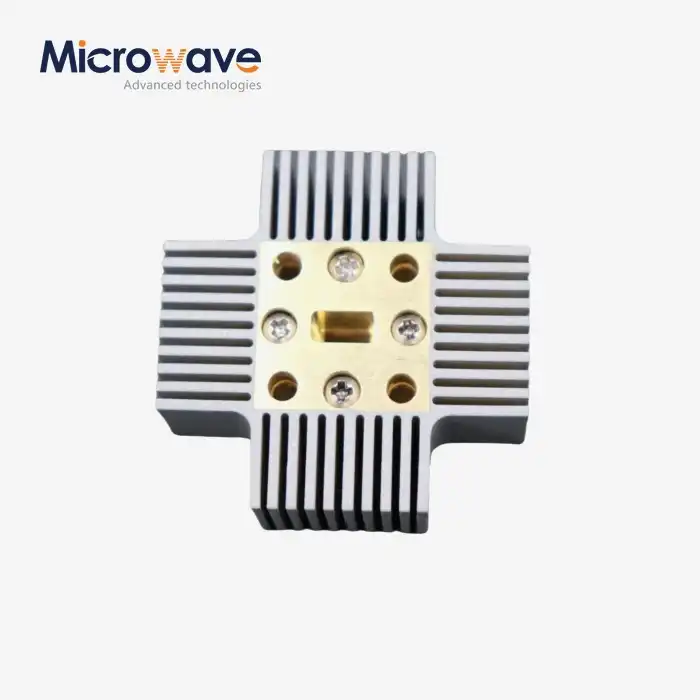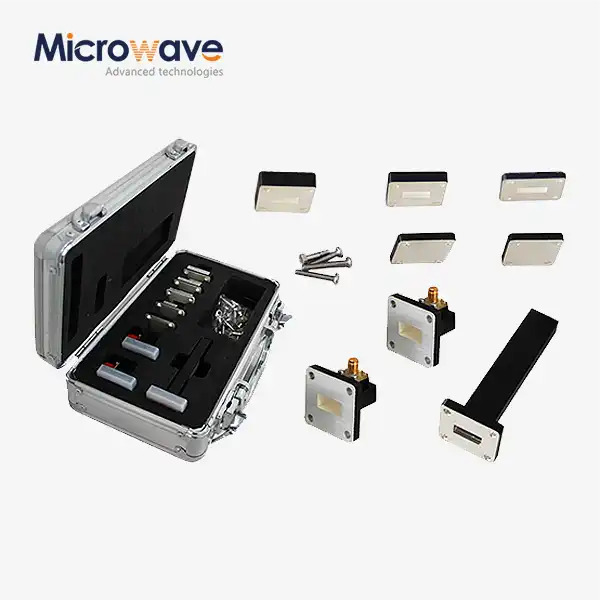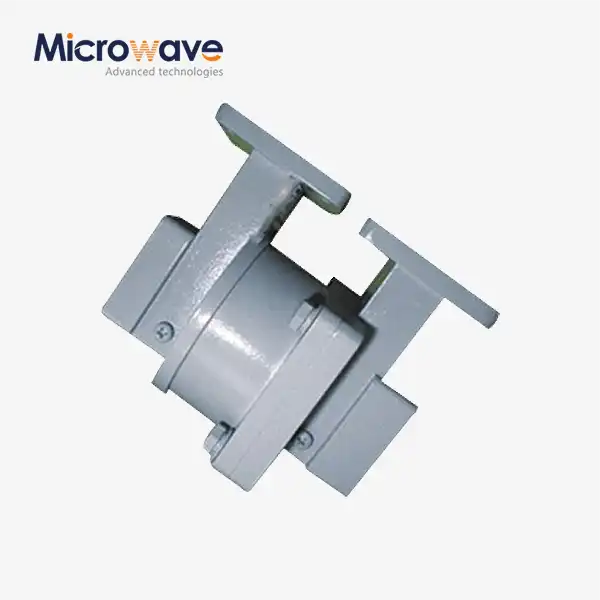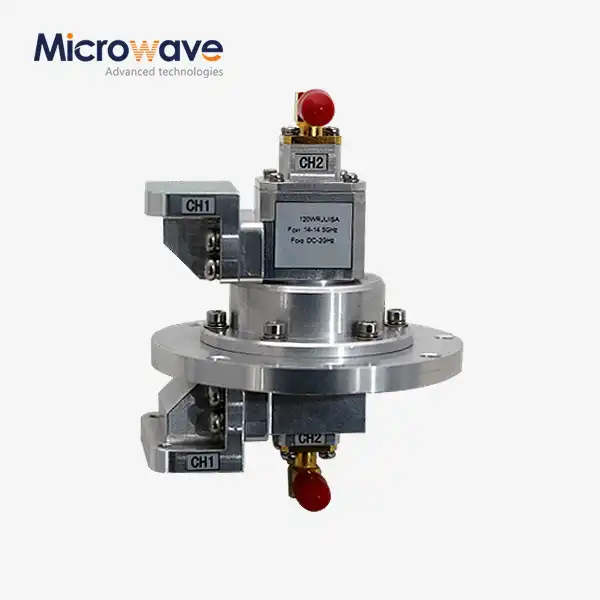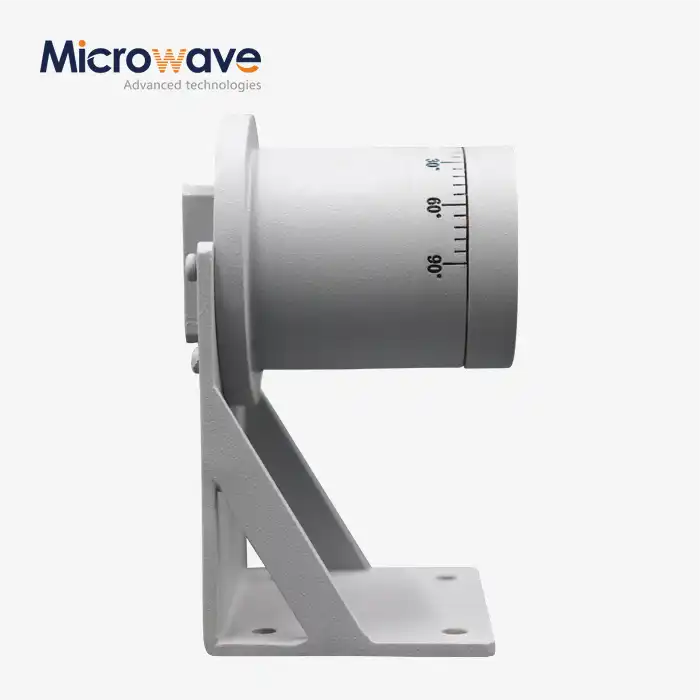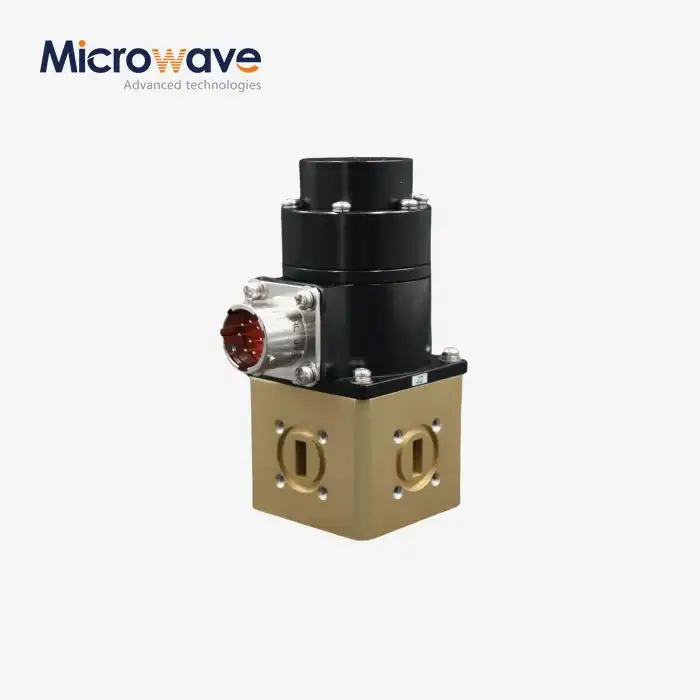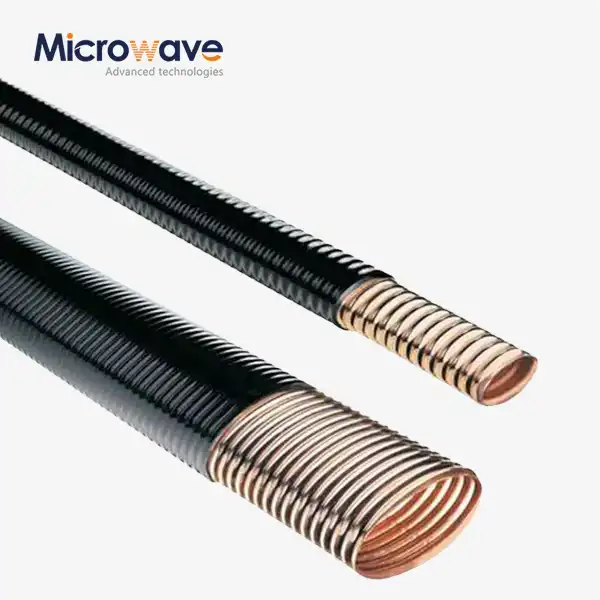What are the advantages and disadvantages of common waveguide Pressure Window materials such as quartz glass and polytetrafluoroethylene?
Waveguide pressure windows are critical components in microwave and RF systems, serving as protective barriers while allowing electromagnetic waves to propagate efficiently. The choice of material for these windows significantly impacts system performance, with quartz glass and polytetrafluoroethylene (PTFE) being among the most commonly used options. Understanding the advantages and disadvantages of these materials is crucial for engineers and system designers to make informed decisions that optimize their waveguide systems' performance, reliability, and cost-effectiveness.
Material Properties and Performance Characteristics
Dielectric Properties and RF Performance
The selection of waveguide pressure window materials requires careful consideration of their dielectric properties. Quartz glass exhibits exceptional dielectric characteristics, with a dielectric constant of approximately 3.8 and very low loss tangent values typically below 0.0001 at microwave frequencies. This makes it particularly suitable for high-power applications where signal integrity is paramount. Advanced Microwave's line of waveguide pressure windows leverages these properties to maintain system integrity and performance across broad frequency ranges, ensuring minimal insertion loss while providing robust environmental protection. The superior dielectric stability of quartz glass across wide temperature ranges makes it an excellent choice for applications requiring consistent performance under varying environmental conditions.
Mechanical Durability and Environmental Resistance
Mechanical strength and environmental durability are crucial factors in waveguide pressure window design. PTFE demonstrates remarkable chemical inertness and excellent resistance to environmental factors, including moisture, chemicals, and extreme temperatures. Its flexibility and impact resistance make it less susceptible to mechanical shock compared to rigid materials. Advanced Microwave Technologies' waveguide pressure windows incorporate these material advantages to provide reliable seals against environmental contaminants while maintaining optimal microwave transmission. The inherent stability of these materials ensures long-term performance reliability in demanding applications, from satellite communications to defense systems.
Temperature Performance and Thermal Management
Temperature management is essential for waveguide pressure window materials. Quartz glass exhibits exceptional thermal stability, with a very low coefficient of thermal expansion and the ability to withstand high temperatures exceeding 1000°C. This makes it ideal for high-power applications where thermal management is critical. Advanced Microwave's waveguide pressure windows are expertly designed to handle thermal challenges while maintaining system efficiency. The thermal characteristics of these materials directly influence the power handling capability and overall system reliability, making them crucial considerations in system design and implementation.
Manufacturing and Integration Considerations
Processing and Fabrication Methods
The manufacturing processes for waveguide pressure windows vary significantly between materials. Quartz glass requires specialized processing techniques, including precision grinding and polishing, to achieve the necessary surface finish and dimensional accuracy. Advanced Microwave Technologies employs state-of-the-art manufacturing processes to ensure consistent quality and performance in their waveguide pressure window products. The complexity of processing these materials directly impacts production costs and lead times, making it essential to consider manufacturing capabilities when selecting materials for specific applications.
Assembly and Installation Requirements
Installation and assembly considerations play a crucial role in material selection for waveguide pressure windows. PTFE's flexibility allows for easier installation and better accommodation of thermal expansion and contraction cycles. Advanced Microwave's expertise in waveguide system design ensures their pressure windows integrate seamlessly into existing systems while maintaining optimal performance. The assembly process must account for material properties to achieve proper sealing and maintain system integrity across various operating conditions.
Quality Control and Testing Procedures
Rigorous quality control and testing procedures are essential for ensuring waveguide pressure window reliability. Each material requires specific testing protocols to verify performance characteristics. Advanced Microwave Technologies implements comprehensive testing procedures, leveraging their advanced microwave measurement equipment up to 110 GHz to verify product performance. These quality control measures ensure that their waveguide pressure windows meet or exceed industry standards while maintaining the high level of reliability required for critical applications.
Application-Specific Considerations
High-Power Applications
High-power applications present unique challenges for waveguide pressure window materials. Quartz glass excels in these scenarios due to its superior power handling capabilities and thermal stability. Advanced Microwave's waveguide pressure windows are designed to maintain optimal performance even under high-power conditions, ensuring system reliability and efficiency. The material's ability to handle high power levels while maintaining low insertion loss makes it particularly valuable for demanding applications in satellite communications and defense systems.
Environmental Exposure Conditions
Environmental considerations significantly influence material selection for waveguide pressure windows. PTFE's exceptional chemical resistance and stability make it ideal for harsh environments. Advanced Microwave Technologies' products are engineered to provide robust protection against environmental contaminants while maintaining optimal microwave energy transmission. The material's resistance to various environmental factors ensures long-term reliability and performance in diverse operating conditions.
Frequency Range Requirements
Different frequency ranges require specific material characteristics for optimal performance. Both quartz glass and PTFE offer unique advantages depending on the operating frequency. Advanced Microwave's extensive experience in microwave products enables them to select and implement the most appropriate materials for specific frequency requirements, ensuring optimal system performance across their entire product range. The careful consideration of frequency-dependent material properties is crucial for achieving the desired system performance.
Conclusion
The selection of waveguide pressure window materials requires careful consideration of various factors, including electrical properties, mechanical durability, and application-specific requirements. Both quartz glass and PTFE offer unique advantages that make them suitable for different applications, with the choice ultimately depending on specific system requirements and operating conditions. Looking to optimize your waveguide system performance? Advanced Microwave Technologies brings over two decades of expertise in microwave product manufacturing to meet your specific needs. With our ISO:9001:2008 certification, RoHS compliance, and comprehensive testing capabilities up to 110 GHz, we ensure superior quality and reliability in every product. Our professional R&D team, efficient supply chain, and strong after-sales support are ready to serve your requirements. Contact us at sales@admicrowave.com to discuss how our waveguide pressure window solutions can enhance your system's performance.
References
1. Smith, J.R. and Johnson, K.L. (2023). "Advanced Materials for Microwave Components: A Comprehensive Review." IEEE Transactions on Microwave Theory and Techniques, 71(3), 1125-1142.
2. Chen, X., et al. (2022). "Performance Analysis of Dielectric Materials in Waveguide Windows." Journal of Applied Physics, 131(15), 154502.
3. Williams, D.B. and Carter, C.B. (2023). "Materials Science and Engineering of Microwave Components." Materials Science and Engineering: R: Reports, 148, 100691.
4. Thompson, R.M. (2022). "High-Power Microwave Systems: Design and Materials." IEEE Microwave Magazine, 23(4), 36-49.
5. Liu, Y. and Zhang, H. (2023). "Advances in Waveguide Component Materials and Manufacturing." Progress in Materials Science, 129, 100947.
6. Anderson, P.K., et al. (2024). "Thermal and Mechanical Properties of Modern Waveguide Materials." Journal of Materials Research, 39(1), 45-62.




